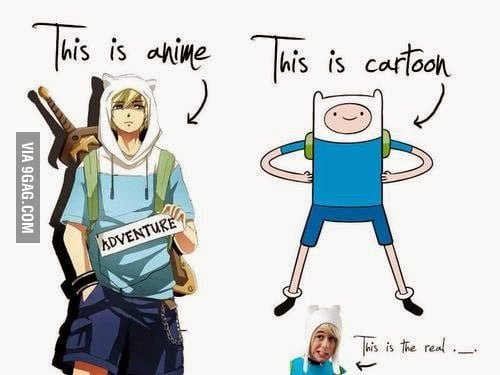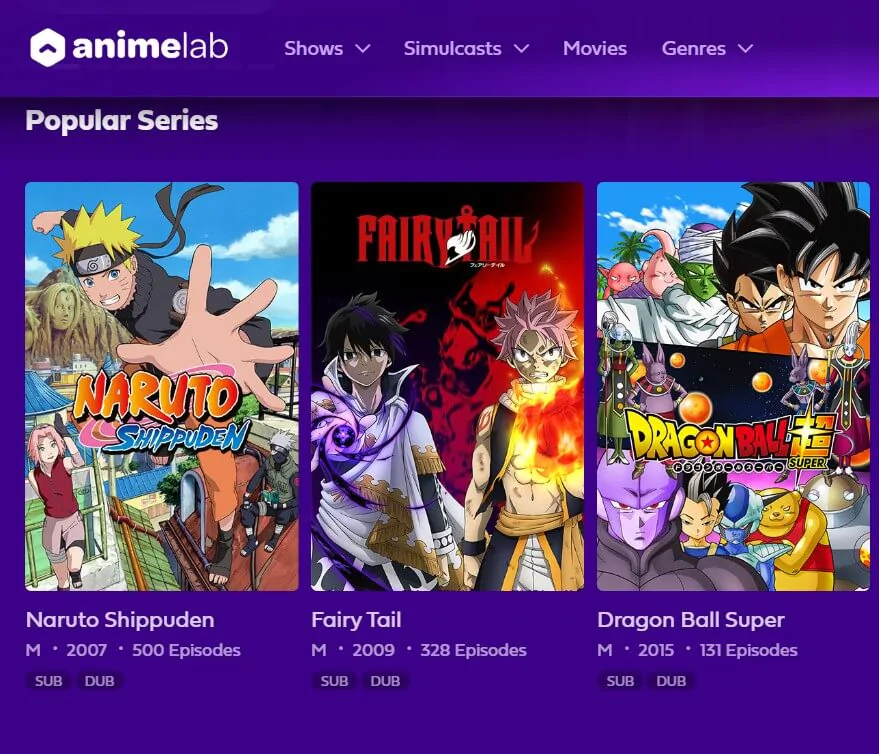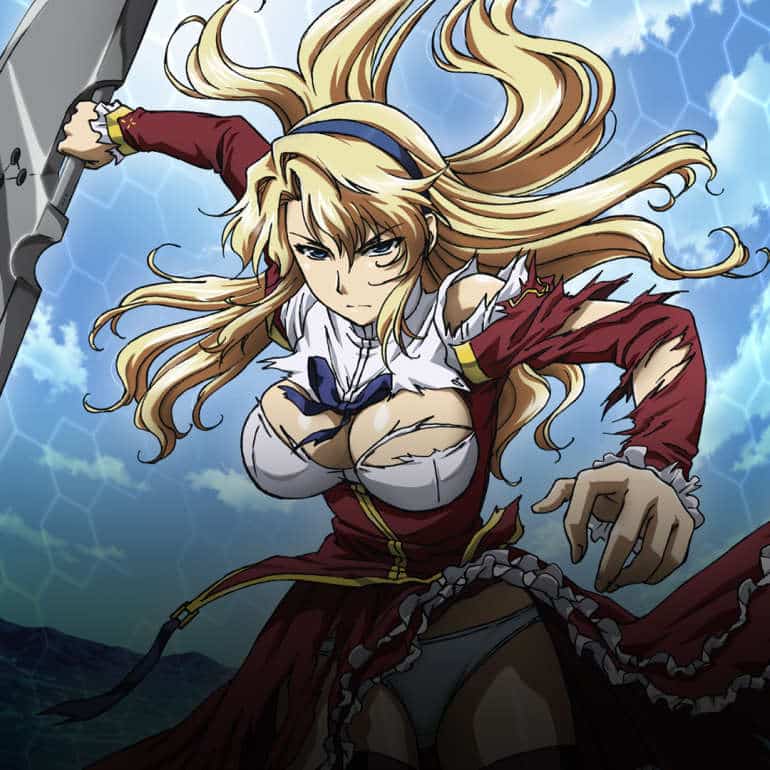Anime’s Success Ingredient : Television
Television’s proliferation in Japanese households provided the access anime needed to reach its audience.
Japan’s post-war era saw furious physical reconstruction and economic growth. Mass and personal transportation made commuting possible and helped cities grow. With a rebuilt infrastructure, Japan’s economic boom hit full swing.
After prices leveled out and necessities became readily available, households had more spending money than ever before. Affordable commodities like refrigerators, rice cookers and washing machines made life more comfortable . The economic growth continued.
For the first time, average people could afford the extravagant. Television ownership boomed. “In 1960, 55 percent of households owned a TV set, by 1964, TV ownership had grown to 95 percent, owing to the crown prince’s televised wedding in 1959 and the 1964 Olympics” . Widespread TV ownership gave broadcasters access to nearly every household and allowed the country’s first anime series to take Japan by storm.
What’s The Difference Between Cartoons And Anime
On the surface, cartoons and anime appear quite similar. In fact, anime is a type of cartoon. Anime originated in Japan, and is characterized by a distinct style, culture, and history. The term Anime comes from the abbreviation of Animation, and in Japanese is used to describe all animations from anywhere in the world, while the rest of the world uses it to refer specifically to Japanese animation. The style has evolved and flourished in the past century.
Total Costs Are Much Lower
Universities and colleges can earn high profit margins on e-courses because a vast majority of the classroom sessions are taped and can be viewed at any time. In short, schools spend much less on e-students than on those who live and matriculate on campus. In general, expect to pay about half the cost of a traditional diploma when you are a remote learner.
Don’t Miss: How To Make Custom Anime Characters
Is ‘avatar: The Last Airbender’ Anime What Is And Is Not Anime
This was a big nerd controversy when the show first came out. There are many artistic similarities between Avatar, Korra, and anime. But I’m going to have to answer “no” to this question. Anime is a product defined by the creators being Japanese or living in Japan. If it lacks that Japanese cultural experience, and doesn’t come directly from the Japanese tradition, it doesn’t make sense to describe it as “anime”.
Now, this gets hairy when you note that in Japan, the word “anime” is used for to anything animated. The word is just a shorthand for “animated” or “animation”. So the word in Japan refers to all cartoons, even non-Japanese ones. However, in the English-speaking world, the word “anime” is exclusively applied to “cartoons from Japan”. So if Avatar or another show is not from Japan, it should not be considered anime.
When talking about serious, adult-oriented shows in the medium of western animation, I prefer to use terms like “animated series/film” to “cartoon”. The word “cartoon” has a negative connotation in America of being a dumb, shallow, 20-minute toy commercial for kids. I still enjoy some shows that are cartoons, and you never really grow out of enjoying the truly special ones. But when talking about something like Rick and Morty, it makes more sense to call it an animated series than a cartoon. So I would also not put Avatar: The Last Airbender in the category of ‘cartoon’, but would prefer to call it an animated TV series/show.
Anime Vs Cartoon Good To Know Read Now
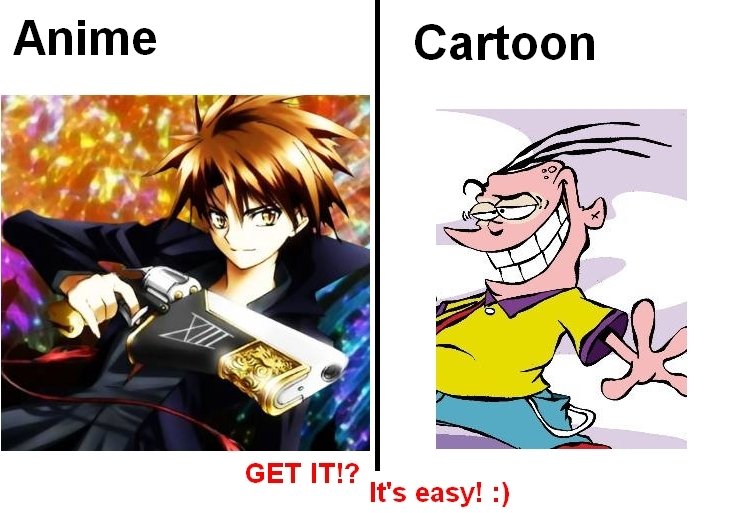
Anime vs Cartoon, Japanese anime is different from cartoons. While both are caricatures that may be animated, anime usually has visually distinct features for characters, and a more limited animation style for depicting movement.
Anime a style of Japanese film and television animation created using a series of drawings or CG, which are displayed one after another, very rapidly, to produce an illusion of movement cartoon a motion picture that is made from a series of drawings, computer graphics, or photographs of inanimate objects and that simulates movement by slight progressive changes in each frame. Manga also known as mangos. Comic a magazine or book that contains a set of stories told in pictures with a small amount of writing, usually in speech bubble form and with visual sound effects.
Also Check: How To Draw Cartoon Feet
Main Differences Between Anime And Cartoon
Anime Vs Cartoon Facial Expressions
Facial expressions for anime characters are often different in form than their counterparts in western animation. For example, Embarrassed or stressed characters produce a massive sweat-drop . Characters that are shocked or surprised perform a face fault, in which they display an extremely exaggerated expression. Angry characters may exhibit a vein or stress mark effect, where lines representing bulging veins will appear on their forehead.
Angry women will sometimes summon a mallet from nowhere and strike another character with it, mainly for comic relief. Male characters will develop a bloody nose around their female love interests, typically to indicate arousal. Characters who want to childishly taunt someone may pull an Akande face by pulling an eyelid down with a finger to expose the red underside.
You May Like: How To Draw Eyelashes Anime
Whats Better Anime Or Cartoon
Now which is the best among them? cartoon or anime? obviously animeis the best one man.Because anime has a powerful story. Which is made for people of age group from 11 to 25 years or more. And if we talk about cartoons,
dont know, they show anything in the name of Story. and the main characters power comes from eating something, whenever a writer goes to the director and asks, how the power is coming to this character here? then surely director must have said brother, feed him some samosas-kachori, and give him power,
means, this is too much man, no sense is made, power by eating samosas and laddoos. I Dont know how other cartoons will come in the future, man. Power by eating bread pakoras, power by drinking milk, power by eating apple oranges.I mean, literally no sense is made.Dont you think so?
Now here you dont get me wrong that I am kidding on Motu Patlu and Chhota Bheem. No man, I just want to tell you that the cartoons that are made in India are the best for children up to the age of 10, But after that there is no sense of all this. The truth is that the Indian animation industry does not pay attention to teenagers. Thats why I have taken very few Indian cartoons for my animation series.
I hope, I have cleared all your doubts. If I did, then tell me once by commenting brother. Okay. If you still have any doubt or confusion in your mind then you can direct message me on Instagram ID .
Which Is More Popular Anime Or Cartoon
When it comes to popularity, both anime and cartoons give tough competition to one another. However, expanded licensing to various OTT platforms has bought anime to different parts of the world, making anime bigger than ever before.
Though they can think of as animated cartoons, yet all of this came with the mind-boggling storyline, surreal music, and expressions that even movies would fail to offer.
Also Check: Watch Danganronpa Anime
Anime Often Has The Viewer In Mind
There are many reasons why animators want to tell stories, and people around the world like to tell stories for their audiences, but anime is often designed to leave the viewer with an unforgettable message or experience. “Iyashikei,” which means “healing-type,” is a genre dedicated to having a therapeutic effect on viewers. The popularity of “Isekai” stories in anime could also be partially attributed to connecting with the audience’s sense of escapism. Even sad and scary anime can give viewers the sentiment they want.
Key Difference Animation Vs Cartoon
Animation and cartoon are two words that are commonly used interchangeably in general usage. However, there is a distinctive difference between animation and cartoon. Animation refers to a technique of photographing successive drawings or positions of models to create an illusion of movement when the film is shown as a sequence. Cartoons can either refer to a drawing or a television program or film made using animation technique. This is the key difference between animation and cartoon.
You May Like: Where To Train Durability In Anime Fighting Simulator
Anime Vs Manga Whats The Difference
Home » Anime vs. Manga Whats the Difference?
Anime and manga have become immensely popular in the English-speaking world, and for good reason. These Japanese storytelling media convey rich stories filled with dynamic characters and vibrant settings that are enjoyable for both children and adults.
You would not be alone, though, if you wondered what the difference is between anime and manga. Both forms originated in Japan, and they have similar visual styles. But, there is an important difference between these genres.
Continue reading to learn whether the popular new series you keep hearing about is manga or anime.
The Difference Between Anime And Cartoons

Through Astro Boy, Mushi Pro created a style of animation that relied on stillness, giving their anime a specific style and nuanced definition. Nobuyuki Tsugata explains the result,
Anime is an animation form that 1) is cel based 2) uses various time and labor saving devices that give it a lower cel count and 3) has a strong tendency toward the development of complex human relationships, stories and worlds.
Miyazaki Hayao’s Studio Ghlibli, rejects anime’s style and techniques. In The Anime Machine, Thomas LaMarre recalls how Studio Ghibli documentaries and exhibitions
almost completely exclude those forms of Japanese animation that commonly fall under the rubric anime. Clearly the goal is to shore up a lineage of Japanese animation that stands in contrast to anime.
You May Like: Loveless Episode List
Beauty Lies In The Perception Of The Beholder
Although limited-animation may not better represent reality, it may better represent our perception of reality: the way humans observe, process and remember information.
Do we notice and process every detail in everyday life? Selective attention theorists say no. “Individuals have a tendency to orient themselves toward, or process information from only one part of the environment with the exclusion of other parts.”
In fact, human perception didn’t develop to create photographic representations of the surrounding world. Daniel Simmon explains,
The goal of vision isn’t to build a photographof the world in your mind The goal of vision is to make sense of the meaning of the world around you.”
This quote suggests limited-animation’s lack of motion and details eases our understanding of characters, narratives, and themes. Although full-animation mimics reality in detail and fluidity, limited-animation tunes into human perception by focusing on the raw, concentrated meaning of the world around us albeit fictitious, animated worlds.
Characters Often Change Clothes In Anime
In Western cartoons, characters rarely change clothes. And, more often than not, there will be a joke lampshading the fact by showing off how they actually have multiples of the same outfit.
Anime often bucks this trend by letting characters appear in various outfits throughout the series. Sailor Moon might have been known for the girls’ Sailor Scout uniforms, but the girls indulge in fashion whenever they have the opportunity.
Also Check: How To Upload Anime Without Copyright
Characters Are Allowed To Grow And Change
Western cartoons are infamous for not letting characters grow older, even if a series has gone on for years. Anime, by contrast, often allows characters to grow older and undergo a complete story arc. It’s also rare for the characters of Western cartoons to start families of their own. It’s partially the reason Mickey Mouse and Donald Duck are allowed to be very involved uncles, but they never become fathers themselves. Anime fans have seen Goku and Naruto become adults and even have children, some of whom have become characters in their own right.
RELATED: The 15 Best Isekai Anime Of The Decade, Ranked
Even anime that likes to keep their characters more or less the same age find ways to explore the future. The kids of Doraemon haven’t really aged over the years, but their future selves are a big part of the series. And through the magic of time travel, viewers can even meet the future children of their favorite anime heroes, like Sailor Moon’s daughter, Chibiusa.
Anyone Can Be A Hero Or Villain In Anime
In Western cartoons, there are unspoken rules regarding who gets to be a hero or what makes up a team. For example, most teams of heroes only have one female lead. On the other hand, it’s not uncommon to see girls being the hero in anime. Sometimes, an entire team of girls with different personalities can be the heroes. From a duck to a pig, the heroes in anime need not even be human. And in anime, the quiet kid with glasses might actually be the villain.
Recommended Reading: What If Adventure Time Was An Anime
What Is The Difference Between A Comic Cartoon Manga And Anime
We all know that all 4 categories differ. But what is the difference?
The simple way to explain this is that Comic and Cartoon in the Western World is the same as Manga and Anime in Japan. Comic and Manga refer to the medium of illustrated stories on physical pages, whereas Cartoon and Anime refer to illustrated stories on TV .
Whilst both are caricatures and drawn by artists they are different in a number of aspects. The general rule of thumb is that Anime is closer to reality, as the characters have more distinct features and movement. Cartoon on the other hand is often two-dimensional and is typically non-realistic and simplifying intended for satire .
Anime Vs Cartoon Terminology
While anime in Japan refers to all animated productions, English dictionaries define the word as a Japanese style of motion-picture animation. The word anime is said to have been derived from the French term dessin animé while others claim that it was used as an abbreviation during the late 1970s. The word Japanimation was also in vogue in the 70s and 80s and referred to anime produced in Japan.
Cartoon, on the other hand, was initially used as a model or study for a painting. Derived from the word Karton meaning strong or heavy paper, these were depicted by great artists like Leonardo da Vinci and gained appreciation in their own right. Over the turn of the centuries, the term cartoon was distanced from its original meaning and used excessively to define a humor picture with a caption or a dialogue.
Recommended Reading: How Much Do Animators Get Paid In Japan
The Virtues Of Limited
Limited-animation succeeded by decreasing production time and costs two factors vital for television broadcasting. Here’s how.
The reuse of animation cels lowered costs by decreasing the need for supplies like blank cels and paint. Animators spent less time drawing and coloring since limited-animation used fewer unique images. These factors allowed studios to meet television’s high paced production.
Studios based anime series off of preexisting manga which meant staff spent less time and effort on development since plots, story boards and dialogue had already been planned out. Basing anime on manga also provided pre-established exposure and fan-bases that original series lacked.
For a full-animation production, high level artists spent countless hours drawing and redrawing characters frame by frame. The costly process consumed time and resources. By utilizing techniques that saved time and money, limited-animation streamlined the animation process with industrial efficiency.
Limited-animation removed some of the artistry from the production process. Studios outsourced episodes and in-between animation cels to other studios or unskilled labor. The strategy allowed for faster, cheaper production. Although the practice has come under fire, outsourcing has been a common practice since the dawn of anime. In fact, Mushi Pro outsourced production of the original Astro Boy series, relying on Studio Zero and P Production to produce some episodes .
Synergy: A Marketing Dream Come True
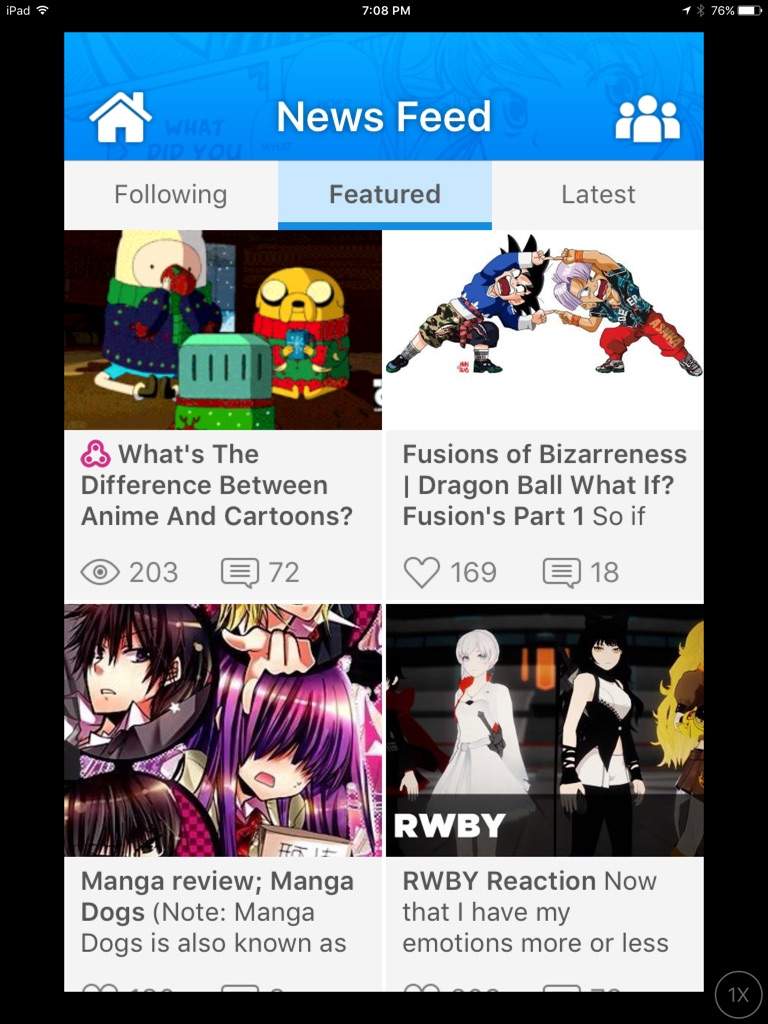
Limited-animation lends itself to “synergy” or a “product mix” between media and consumerism . Television anime reaches a wide audience and creates new fan-bases for pre-established manga and characters. Fans take pride in supporting their beloved series through consumption. Anime’s market synergy crosses mediums including film, games, music, figures and accessories.
Anime’s still images offer potent marketing synergy. Character silhouettes warrant instant recognition and cheap reproduction . Character poses, logos and other trademark characteristics lend themselves to brand recognition. Steinberg states,
The dynamic immobility of the image and centrality of the character are also what have allowed anime to forge connections with toys, stickers, chocolates and other media-commodities, developing the media mix and its modes of consumption that are so essential to anime’s own commercial success and survival.
Anime-inspired products allow characters to inhabit fans’ everyday lives. Steinberg recalled the success of Astro Boy sticker campaigns, “The Atomu image was suddenly able to accompany young fans in all areas of their lives, always there to remind them of their favorite character and his narrative world.”
Fans’ love for marketable characters proved more profitable than the love for intangible narratives and stories. Since the Astro Boy boom, popular anime characters have come to saturate Japan, inundating all facets of life.
Recommended Reading: Which Anime Villain Loves You
